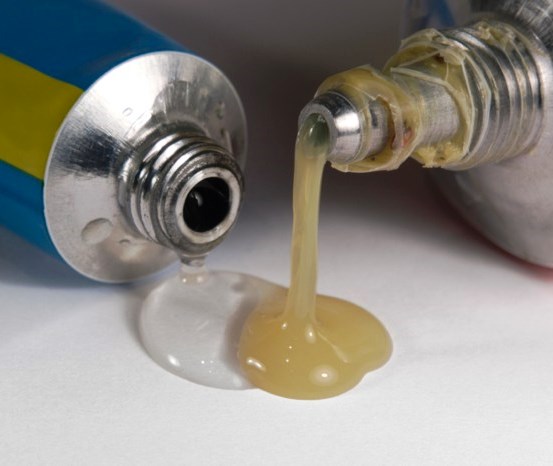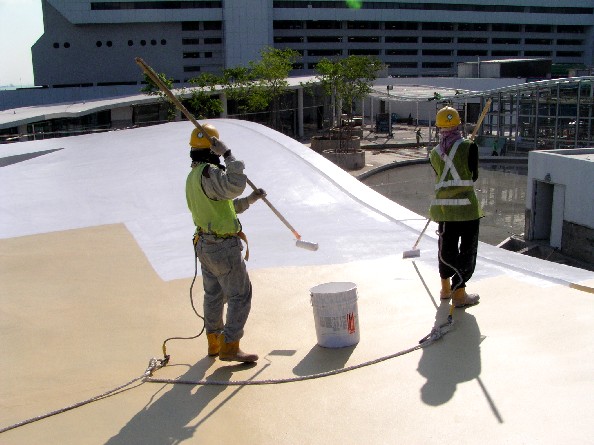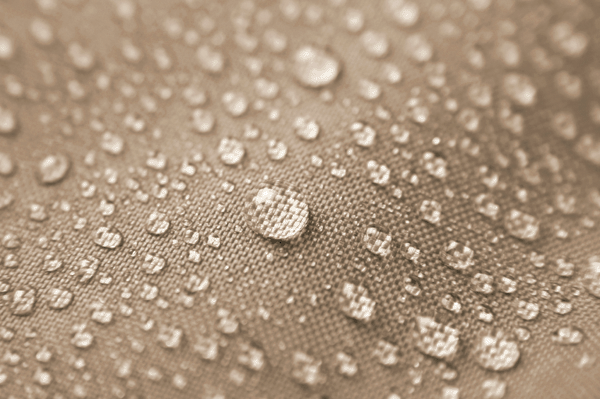



Acrylic Resin-GUJPOL-P(DP)
Gujpol -DP is an acrylic resin in bead form manufactured with basic purest raw materials in our plant erected with Japanese technology. Produces crystal clear end product, does not have any self tint. when mixed with any other polymers. monomers or solutions - does not impart any colour to the finished product.
Outstanding Characteristics
Produces crystal clear end product, does not have any self tint. When mixed with any other polymers. monomers or solutions - does not impart any colour to the finished product.
Outstanding weather resistance characteristics imparts better weather resistance and long life to the products made by incorporating Gujpol-DP.
Combination of mechanical properties, better thermal and chemical properties enhances the relative properties of end products in which Gujpol-DP is used.
| Chemical Structure | Polymethyl Methacrylate |
| Bulk Density | 600 Kg.m |
| Specific Gravity of dried film | 1.19 |
| Residual moisture content | 0.5 (dry basis) |
| Average molecular weight 876 -G | 95,000 - 1,06,000 /- |
| Residual monomer content | 1.0 % max |
Application
- Semi-finished products like rods, tubes and sheets
- Moulding and extrusion resins
- Dental Prosthesis
- Paints , Adhesives , Lacquers, Enamels and water proofing agent.
- Textile Auxiliaries and sizing materials
- Leather finishing resins
- Polymer impregnated concrete
- PVC modifiers
- Addivite for lubricating and industrial oils
Particle Size
| 16 mesh on | 0.2% |
| 32 mesh on | 2 - 4 % |
| 60 mesh on | 36 - 64 % |
| 90 mesh on | 32 - 58 % |
| 80 pass | 0 - 2% |
Packing
- 25 Kg Laminated paper bags and inside LDPE liner
Pol-DP powders are soluble in aromatic hydrocarbons retones, esters, etc. The Common solvents 9Te ethyl acetate, ethylene, (dichloride, trichloroethylene,> chloroform, toluene, chlobenzene, toluene, ch1orobenzene, jsopropanol, carbon tetrachloride cyclohexane, acitic acid, methyl isobutyrate PM Acetate, Butanol, Ethanol, Diacetone Alcohol, etc., Normally more than one solvents 3I"e used in order to control solid content (concentration) dissolution rate. evaporation rate, flash points and cost of resultant solution.
Also there are number of coating applications when the optimum combination ot: hardness and extensibility may be achieved by use of external plasticizers. The common plasticizers for acrylic resins are :
Butyl benzyl phthalate. Dibutyl Phthalate. Dicyclo hexyl Phthalate. 2-ethyllli;xyl benxyl phthlate, Diallyl phthalate, Dibenzyl phthB1ate, Butyl cyclo 'to hexyl phthalate, di (methylcyclobexyl) phthalate, di (butyl carbital) phthalate, Hexamethylene bis (2-ethylhexyl) phthalate, Dibenzyl sebacate, Triphenyl phosphate, Tricresyl phosphate, Toluene ethyl sulfornamiw, Mixed benzonic, Fatty oii acid esters of pentaerythritol, Poly (propylene adipate) dibenzote. Diethylene glycol dibenzonatge, Tetrabutyl thi odisucci nate, Butyl phthalate butyl glycolate, Acetyl tributyl citrate.
Dissolution ProcedureAll the precautions necessary while handling solvents should be adhered to while dissolving Gujpol-DP in solvent (s). Gujpol-DP dissolves in solvents at room temperature but require constant agitation to prevent Solvent swollen granules of polymer forming agglomerates and sticking to the walls of the vessel. Sometimes heating (indirect) cut down the time required for dissolution. Generally 15 -30% solutions are prepared Use of jacketted vessel is recommended when heating is to be used for reducing dissolution time. If required, indirect heating is applied so as to maintain temperature around 50 C. Stirring should continue until a clear solution forms. Any cloudiness or residue may indicate that some polymer remains un dissolved The presence of water in the system can also cause cloudiness.
